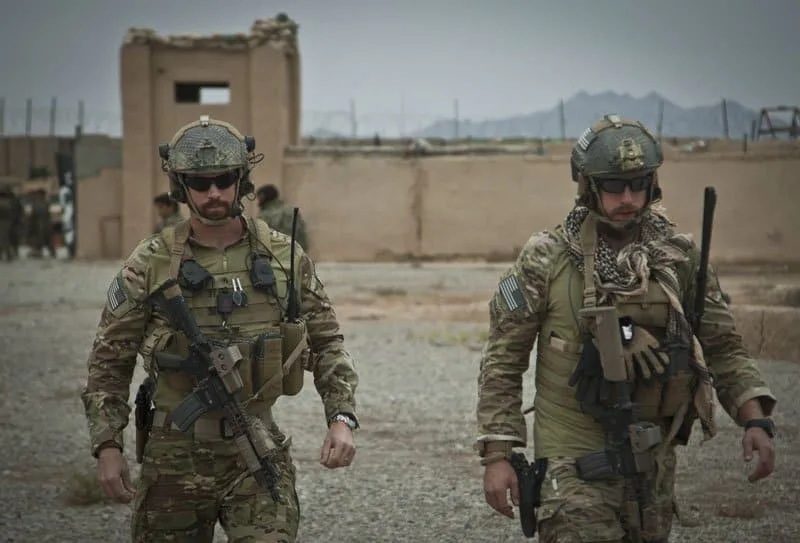A better body armor that was shelved last year is now making its way to soldiers in Iraq — but not Afghanistan.
All-Army Activities message 347, dated Nov. 17, outlined the limited fielding of the X Small Arms Protective Inserts, or XSAPI, as well as X Side Ballistic Inserts, or XSBI. Distribution will begin Dec. 15.
The Army did not respond when Army Times asked why the new plates are now cleared for use and why they are going to Iraq but not to Afghanistan. But soldiers headed to Afghanistan will continue to deploy with Enhanced Small Arms Protective Inserts, or ESAPI, as well as Enhanced Side Ballistic Inserts, or ESBI.
But a study conducted this year at the direction of Army Secretary John McHugh suggests harsher tests may be in order before XSAPI and XSBI get the green light for combat operations.
The service bought 240,000 XSAPI inserts last year for $8 billion. The contracts went to BAE Systems Aerospace & Defense Group Inc., Ceradyne Inc. and The Protective Group. But the improved hard armor plates had trouble deflecting criticism from Army officials and Congress from the onset.
While the XSAPI plates provide better protection, they also weigh 10 percent more than the 5.45-pound ESAPI plates they are to replace. Because they failed to meet the Army’s requirement for increased protection at a lighter weight, the Army in early 2009 decided to ship the XSAPI plates to Kuwait to be used as a contingency stock.
Then in an Oct. 16, 2009, report, the Government Accountability Office said the Army failed to follow established testing standards in XSAPI evaluations, and said several aspects of the new armor would have failed if tests were done properly.
The report said the most significant issue was the incorrect measuring of the amount of force a hard armor plate could withstand. According to the report, “the Army testers incorrectly measured the amount of force absorbed by the plate designs by measuring back-face deformation in the clay backing at the point of aim rather than at the deepest point of depression.”
The Army and Pentagon strongly contended the report’s findings, but McHugh on Nov. 20, 2009, ordered an independent review to be sure.
The National Research Council was tapped to conduct the assessment. It focused specifically on the behavior of ballistic clay and on other issues relating to the test process. In the subsequent April 22 report by retired Maj. Gen. Larry Lehowicz, the committee outlined 19 recommendations that are “urgently needed to achieve greater part-to-part consistency in the ballistic clay, to analyze [back-face deformation] dynamics, to determine possible replacements for modeling clay, to achieve a national clay standard for testing body armor, and to implement statistically based protocols.”
The Army did not respond to questions from Army Times about any response to the recommendations it may have made or if further testing is planned.
The report said this approach “should result in more consistent test results that will provide equally survivable but lighter-weight body armor to our military service members and civilian police forces.”
It also commended the “dedication, qualifications, and openness” of the Aberdeen Test Center staff, saying, “Clearly they seek to achieve the highest standards possible for armor testing and are pursuing refinements in established techniques and advances in technology to provide the very best armor performance for our soldiers.”








